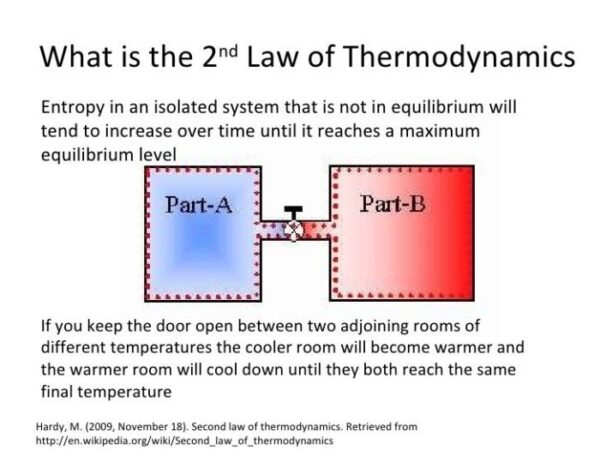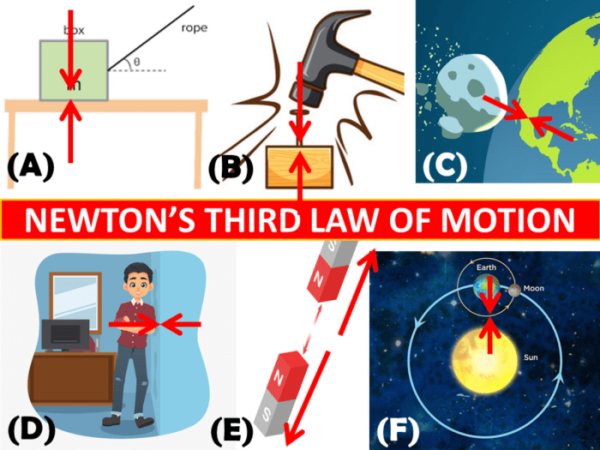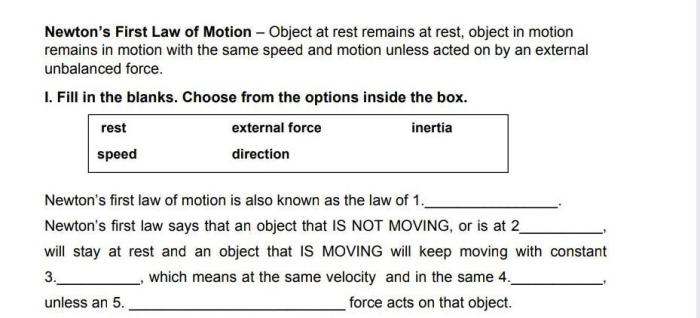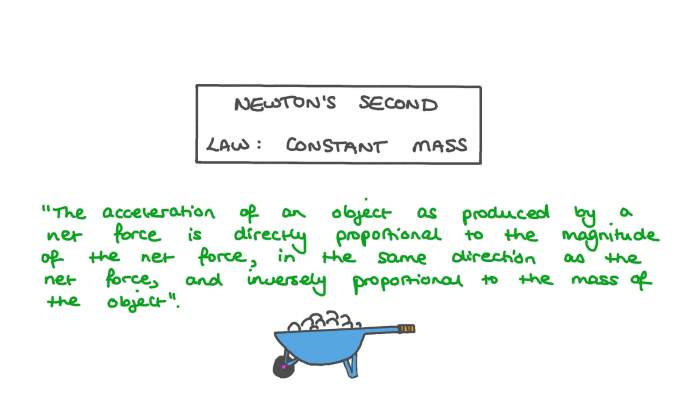
What is Newton’s law of universal gravitation? It’s a fundamental principle that describes the force of attraction between any two objects with mass. Imagine two apples, sitting on a table. They might seem like they’re not doing much, but they’re actually pulling on each other with a tiny gravitational force. This force, though small in this example, is what keeps the planets orbiting the sun, the moon orbiting the Earth, and even holds us firmly to the ground.
Sir Isaac Newton, a brilliant English physicist and mathematician, formulated this law in the 17th century. His groundbreaking work revolutionized our understanding of the universe and laid the foundation for modern physics. We’ll explore the history behind this discovery, the mathematical formula that describes it, and the vast implications it has for our world.
The Law of Universal Gravitation Explained: What Is Newton’s Law Of Universal Gravitation
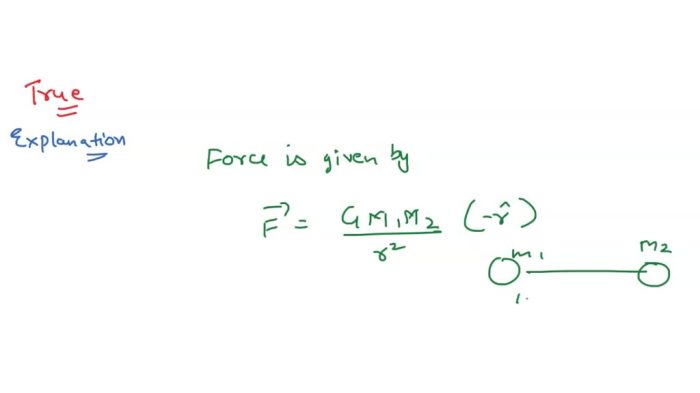
Gravity is a fundamental force of nature that governs the interactions between objects with mass. It is responsible for holding us to the Earth, keeping the planets in orbit around the Sun, and shaping the large-scale structure of the universe. The force of gravity is always attractive, meaning that it pulls objects towards each other. This force is what keeps our feet firmly on the ground, and it’s also the force that keeps the moon in orbit around the Earth.
Newton’s Law of Universal Gravitation
Newton’s law of universal gravitation describes the force of attraction between any two objects with mass. The law states that every particle of matter in the universe attracts every other particle with a force that is proportional to the product of their masses and inversely proportional to the square of the distance between their centers.
The mathematical formula for Newton’s law of universal gravitation is:
F = G * (m1 * m2) / r^2
Where:
- F is the force of gravity between the two objects
- G is the gravitational constant, which is approximately 6.674 x 10^-11 N*m^2/kg^2
- m1 is the mass of the first object
- m2 is the mass of the second object
- r is the distance between the centers of the two objects
The gravitational constant (G) is a fundamental constant of nature that determines the strength of the gravitational force. It is a very small number, which means that the force of gravity is relatively weak compared to other forces in the universe, such as the electromagnetic force. However, gravity is the dominant force over long distances, which is why it is responsible for the structure of the universe.
The formula indicates that the force of gravity is directly proportional to the product of the masses of the two objects. This means that the more massive the objects are, the stronger the force of gravity between them. The force of gravity is also inversely proportional to the square of the distance between the objects. This means that the farther apart the objects are, the weaker the force of gravity between them.
For example, the force of gravity between the Earth and the Moon is much stronger than the force of gravity between the Earth and a small rock on the surface of the Earth. This is because the Moon has a much larger mass than the rock, and the distance between the Earth and the Moon is much smaller than the distance between the Earth and the rock.
Applications of Newton’s Law
Newton’s Law of Universal Gravitation is a fundamental law of physics that describes the force of attraction between any two objects with mass. It has wide-ranging applications in various fields, explaining phenomena from the motion of celestial bodies to the tides on Earth. This section explores some key applications of this powerful law.
Planetary Motion
Newton’s Law of Universal Gravitation provides a comprehensive explanation for the motion of planets around the Sun. The force of gravity between the Sun and a planet is directly proportional to the product of their masses and inversely proportional to the square of the distance between them. This means that the closer a planet is to the Sun, the stronger the gravitational force acting on it. The law also explains why planets move in elliptical orbits rather than perfect circles.
Tides on Earth
The tides on Earth are primarily caused by the gravitational pull of the Moon and, to a lesser extent, the Sun. The Moon’s gravitational pull is stronger on the side of the Earth facing the Moon, creating a bulge of water. On the opposite side of the Earth, the gravitational pull is weaker, resulting in another bulge. These bulges are what we experience as high tides. As the Earth rotates, these bulges move around the planet, creating the cycle of high and low tides.
Engineering and Other Fields
Newton’s Law of Universal Gravitation finds applications in various engineering and scientific fields. Here are a few examples:
- Satellite Design: Engineers use the law to calculate the orbital paths and trajectories of satellites, ensuring they remain in their designated orbits.
- Spacecraft Navigation: Spacecraft use the law to navigate through space, taking advantage of the gravitational pull of planets and other celestial bodies to adjust their course and velocity.
- Bridge Construction: Civil engineers consider the force of gravity when designing bridges, ensuring they can withstand the weight of traffic and other loads.
- Geophysics: Geophysicists use the law to study the Earth’s gravitational field and its variations, providing insights into the planet’s internal structure and composition.
Limitations and Refinements
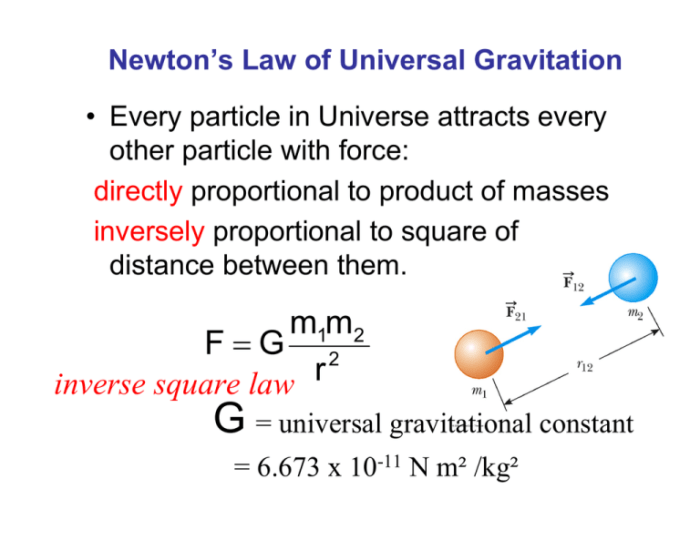
While Newton’s law of universal gravitation provides a remarkably accurate description of gravity in many everyday situations, it has limitations when dealing with extreme conditions or very precise measurements. These limitations led to the development of Einstein’s theory of general relativity, which offers a more comprehensive understanding of gravity.
Einstein’s Theory of General Relativity
Einstein’s theory of general relativity revolutionized our understanding of gravity, proposing that gravity is not a force but a curvature of spacetime caused by the presence of mass and energy. This curvature affects the paths of objects, including light, leading to phenomena like gravitational lensing and time dilation.
Einstein’s theory of general relativity predicts that gravity can bend light, a phenomenon known as gravitational lensing.
Einstein’s theory provides a more accurate description of gravity in strong gravitational fields and at high speeds, where Newton’s law breaks down.
Examples Where Newton’s Law is Insufficient, What is newton’s law of universal gravitation
- Mercury’s Perihelion Precession: Newton’s law could not fully explain the observed precession of Mercury’s perihelion (the point in its orbit closest to the Sun). Einstein’s theory successfully accounted for this discrepancy, demonstrating the limitations of Newton’s law in strong gravitational fields near massive objects like the Sun.
- Gravitational Lensing: Newton’s law does not predict the bending of light by gravity, a phenomenon observed in gravitational lensing. This phenomenon, where light from a distant object is bent around a massive object, provides strong evidence for Einstein’s theory.
- Black Holes: Newton’s law cannot explain the existence of black holes, regions of spacetime where gravity is so strong that nothing, not even light, can escape. Einstein’s theory predicts the existence of black holes and provides a framework for understanding their properties.
Outcome Summary

Newton’s law of universal gravitation is a testament to the power of observation and mathematical reasoning. It provides a framework for understanding the forces that shape our universe, from the smallest particles to the largest galaxies. While Einstein’s theory of general relativity has expanded upon Newton’s work, the law remains a fundamental cornerstone of our understanding of the cosmos. Its impact on science, technology, and our perception of the universe is immeasurable, and it continues to inspire wonder and exploration.
Questions and Answers
What are some real-world examples of Newton’s law of universal gravitation in action?
Besides the motion of planets and the tides, Newton’s law is also used in engineering to design bridges, buildings, and other structures. It’s also crucial for understanding the behavior of satellites in orbit and the trajectory of rockets. The law also plays a role in the development of GPS systems and other technologies.
Why is Newton’s law of universal gravitation important?
Newton’s law of universal gravitation was a revolutionary discovery that changed the way we understand the universe. It provided a mathematical framework for explaining the motion of celestial bodies, and it laid the foundation for modern physics. This law continues to be essential for understanding the forces that shape our universe.
What are some limitations of Newton’s law of universal gravitation?
Newton’s law is a simplification of the complex forces at play in the universe. It doesn’t account for the curvature of spacetime, which is described by Einstein’s theory of general relativity. Therefore, Newton’s law is not accurate for describing phenomena in very strong gravitational fields, such as near black holes or neutron stars, or at extremely high speeds, like those approaching the speed of light.
